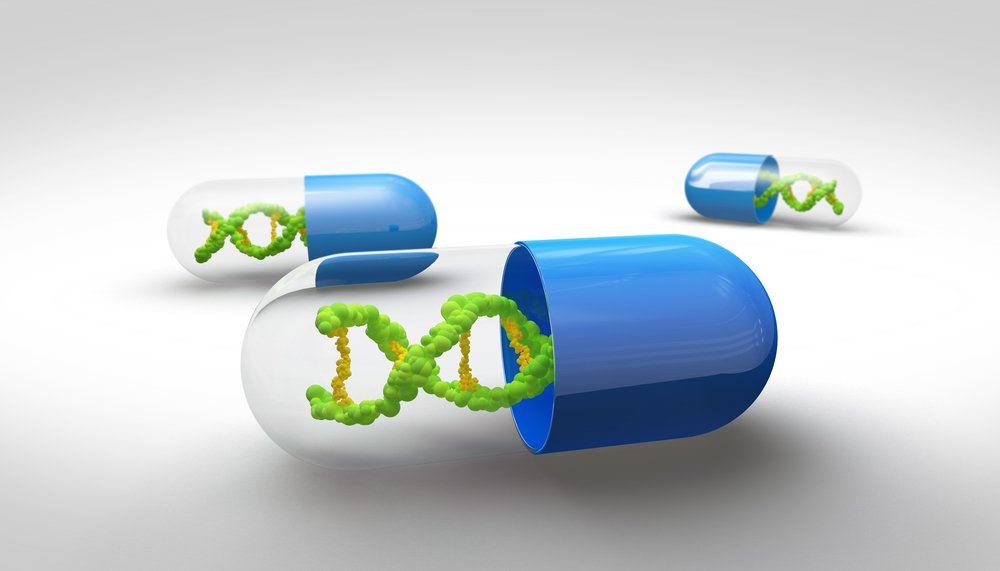Progress in Gene and Cell Therapies Reason for Hope Among Batten Patients, Review Study Says
Written by |

Investigational therapies now in development — especially gene and cell therapies — are reason for fresh hope among Batten disease patients and their families, according to a recent review.
Substantial advances are being made, particularly regarding potential gene/cell therapies, in targeting neurologic decline and vision loss, and in being able to treat those disease types considered more difficult.
The study, “Progress in gene and cell therapies for the neuronal ceroid lipofuscinoses,” was published in Expert Opinion on Biological Therapy.
Batten disease comprises a group of genetic neurodegenerative disorders, also known as neuronal ceroid lipofuscinoses (NCLs). Fourteen types of the disease (termed CLN1-CLN14) are known, each caused by mutations in different genes.
Patients are affected by a progressive decline in motor and cognitive abilities, and many have vision loss and epilepsy.
Although marked by distinct age at onset and clinical manifestations, all Batten disease types share a common hallmark: the accumulation of fat deposits inside cell compartments called lysosomes — compartments within cell that digest and recycle various molecules.
Successful therapies need to be adapted to each disease type. Some Batten types occur due to a deficiency in water-soluble proteins lodged inside lysosomes, and can be treated with enzyme-replacement therapies (ERTs). These deliver a functional protein that is taken up by patients’ cells.
Brineura (cerliponase alfa), developed by BioMarin, is an enzyme replacement therapy to treat CLN2 (late infantile Batten) and the only Batten treatment approved by the U.S. Food and Drug Administration (FDA).
For the other Batten types, treatment is more challenging.
Cell therapies
Investigational cell therapies for Batten disease have focused on transplanting stem cells — self-renewing cells able to differentiate into several cell types — into the brain or eye to restore levels of missing proteins.
A pilot Phase 1 open-label study (NCT00337636), conducted by StemCells, evaluated the efficacy of transplanting neuronal stem cells — those that can differentiate into nerve cells — in children with CLN1 (advanced infantile) or CLN2 Batten disease.
Although the trial met its primary objective in that it was seen to be safe, treatment had “no impact on neurological symptoms, positively or negatively,” the researchers wrote. All its patients were in late disease stages, and the approach could prove more beneficial at less advanced patients.
Another Phase 1 trial (NCT01586455) is currently investigating the safety of stem cells harvested from the human placenta, combined with stem cells from umbilical cord blood. This trial has enrolled 43 patients with a range of disorders, including Batten disease, at multiple U.S sites and is expected to conclude in December 2019.
Other lines of research are investigating a similar strategy to tackle vision loss. Stem cells genetically modified to express the TPP1 protein — missing in CLN2 — when injected into the eyes of animal models of this disease worked to lessen eye lesions and to slow vision loss.
Gene therapies
Viruses have evolved specialized molecular mechanisms that allow them to efficiently transport their genes inside the cells they infect. Some viruses can integrate (blend) into the cell’s own DNA, facilitating stable gene expression, making them suitable vehicles for use in gene therapies.
Gene therapies for soluble enzyme deficiencies have focused on the development of adeno-associated virus (AAV)-mediated gene therapies that target the brain. AAV gene therapy uses an inactive viral vector, which is similar to an empty shell, to deliver the gene-of-interest to a targeted location.
The first gene therapy safety clinical trial (NCT00151216) was conducted in patients who have CLN2 disease in 2004. The study showed no adverse, treatment-related effects in eight of 10 patients, and initially showed a slight, but non-significant, slowing of disease progression. Long-term follow-up is not yet known (the study concludes in 2019), but a Phase 1/2 clinical trial (NCT01161576) is ongoing to test a newer, optimized AAV vector.
A Phase 1/2, open-label clinical trial (NCT01414985), led by the Weill Cornell Medical College in New York, is assessing the efficacy of a single-dose gene therapy delivered to the brain and using a potentially improved vector. The trial enrolled eight children with CLN2 disease (late infantile) and is expected to finish in December 2022.
Another Phase 1/2 clinical trial (NCT02725580) is currently recruiting 12 patients with late infantile Batten disease carrying a mutation in the CLN6 gene. The study its taking place at Nationwide Children’s Hospital in Ohio. Participants will receive a single spinal tap of the viral vector AAV9 carrying the healthy CLN6 gene, and will be monitored for two years.
Abeona Therapeutics is leading the development of two additional gene therapies to treat Batten disease: ABO-202 designed to treat CLN1 disease (infantile Batten disease), and ABO-201 indicated for CLN3 (juvenile Batten disease). Both approaches are at early stages of testing but have received orphan drug designation from the FDA, intended to help speed their clinical development.
“Overall, gene therapies have shown more promise than cell-based treatments,” the study’s researchers wrote.
Many viral vectors with superior effectiveness in gene delivery have been tested in animal models, including in disorders involving membrane proteins that historically would not have been targets for gene therapy, the researchers noted.
But, they added, cell therapies should not be abandoned, as they may still offer good therapy alternatives to patients. “Instead, more work should focus on identifying or engineering cells that migrate more efficiently, express higher levels of enzymes, and dampen inflammation in the central nervous system,” the team suggested.
And, the researchers concluded: “The future is beginning to look bright for patients with Batten disease.”




